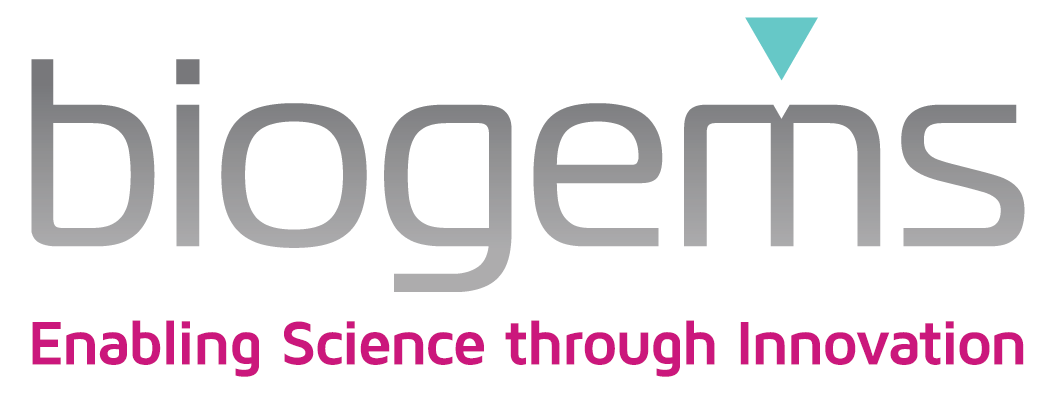Anti-Human CD30 PE
Catalog Number : 02411-60
description
The Ber-H2 monoclonal antibody specifically reacts with human CD30, a 120kDA type I transmembrane glycoprotein of the tumor necrosis factor receptor superfamily (TNFR) also known as the Ki-1 antigen. CD30 can elicit signals leading to either activation or apoptosis through interaction with CD30 ligand (CD30L). It is expressed by a subset of extrafollicular activated B and T cells, lung macrophages, activated NK cells, lymphomas, and endothelial cells. It is highly expressed on Hodgkins and Reed-Sternberg cells.
Additional Information
|
Clone:
|
Ber-H2
|
|
Format:
|
PE
|
|
Applications:
|
FC
|
|
Reactivity:
|
Human
|
|
Isotype:
|
mouse IgG1, kappa
|
| Research Interest: | Apoptosis |
|---|---|
| Cell Type: | T Cells, B Cells, NK and NKT Cells, Macrophage / Monocyte |
| Application: | FC |
| Clone: | Ber-H2 |
|
Preparation:
|
The product should be stored undiluted at 4°C and should be protected from prolonged exposure to light. Do not freeze. The monoclonal antibody was purified utilizing affinity chromatography and unreacted dye was removed from the product.
|
|
Formulation:
|
Phosphate-buffered aqueous solution, ≤0.09% Sodium azide, may contain carrier protein/stabilizer, ph7.2.
|
|
References:
|
Schwarting, R., Gerdes, J., Durkop, H., Falini, B., Pileri, S., & Stein, H. (1989). BER-H2: a new anti-Ki-1 (CD30) monoclonal antibody directed at a formol-resistant epitope. Blood, 74(5), 1678-1689. Beljaards, R. C., Meijer, C. J., Scheffer, E., Toonstra, J., Van Vloten, W. A., Van Der Putte, S. C., ... & Willemze, R. (1989). Prognostic significance of CD30 (Ki-1/Ber-H2) expression in primary cutaneous large-cell lymphomas of T-cell origin. A clinicopathologic and immunohistochemical study in 20 patients. The American journal of pathology, 135(6), 1169. Horie, R., & Watanabe, T. (1998, December). CD30: expression and function in health and disease. In Seminars in immunology (Vol. 10, No. 6, pp. 457-470). Academic Press. |
